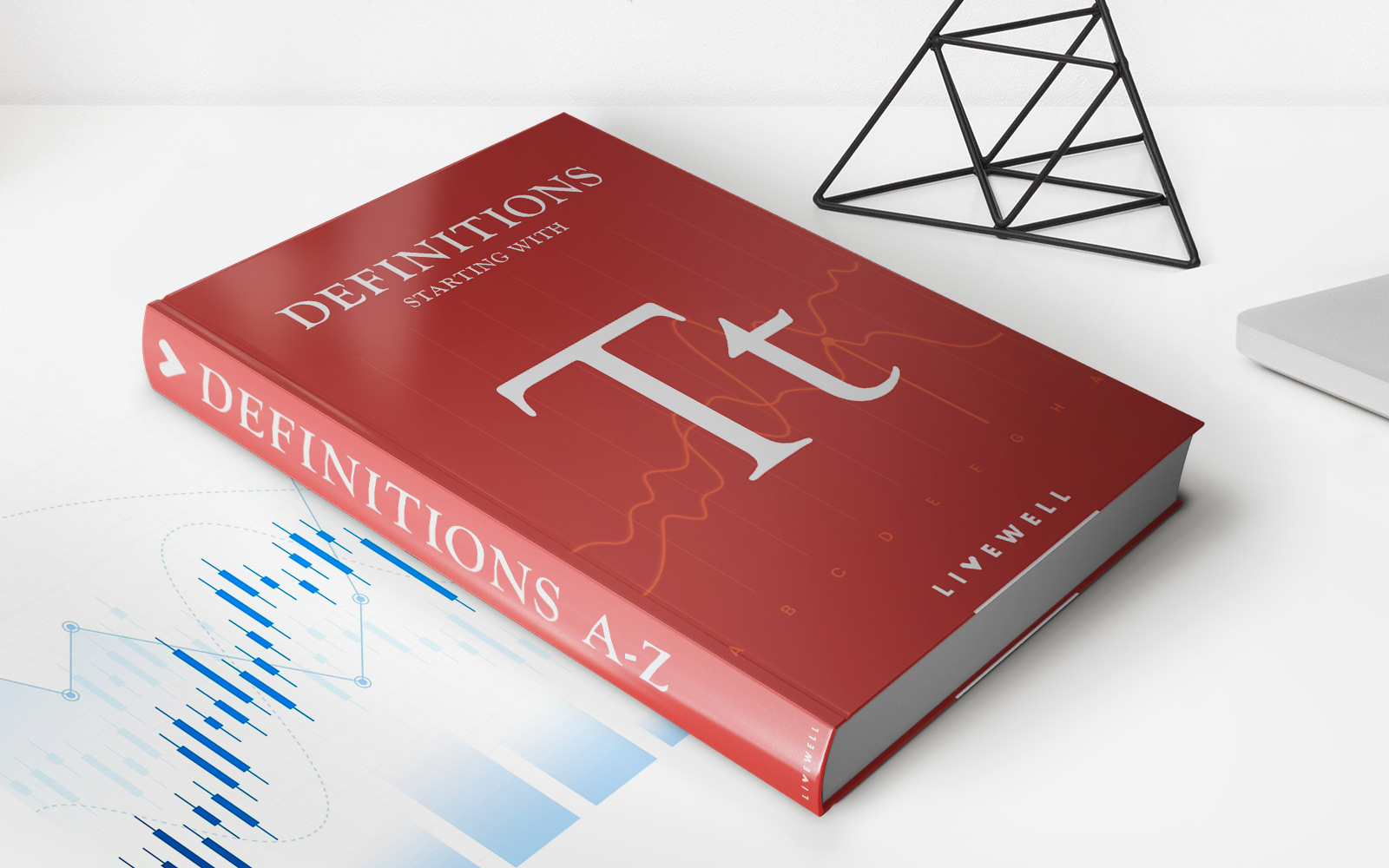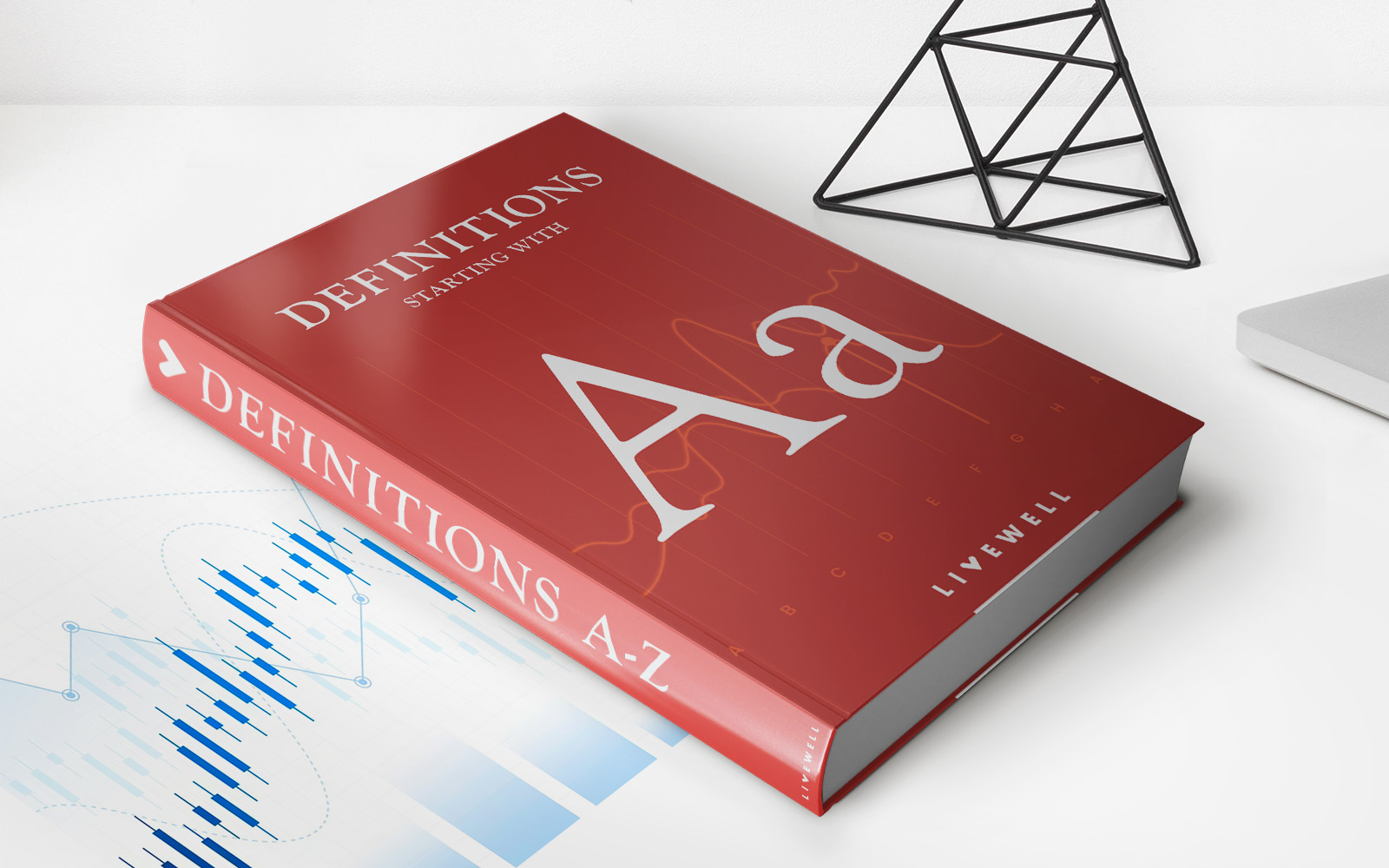

Finance
Tax Table Definition
Published: February 6, 2024
Learn the definition and significance of tax tables in finance. Gain insights on how tax tables are used to calculate income tax rates and find your appropriate tax bracket.
(Many of the links in this article redirect to a specific reviewed product. Your purchase of these products through affiliate links helps to generate commission for LiveWell, at no extra cost. Learn more)
Understanding Tax Tables: A Comprehensive Guide
When it comes to personal finance, taxes are a crucial aspect that can significantly impact your financial well-being. Therefore, having a clear understanding of tax tables is essential to ensure that you are paying the right amount of taxes. In this blog post, we will dive deep into the world of tax tables and provide you with all the information you need to navigate this complex aspect of personal finance.
Key Takeaways:
- Tax tables are a structured set of tax brackets and rates provided by tax authorities to calculate an individual’s or business’s tax liability.
- Tax tables can vary from country to country, so it’s important to consult the specific tax regulations in your country when calculating your taxes.
What are Tax Tables?
Tax tables are essentially a structured set of tax brackets and rates that are provided by tax authorities to calculate an individual’s or business’s tax liability. These tables are published annually and are used to determine the amount of tax owed based on the individual’s taxable income.
Each tax table consists of several tax brackets, each with a specified income range and corresponding tax rate. When you file your taxes, you need to identify which tax bracket your taxable income falls into and then calculate the amount of tax owed using the corresponding tax rate.
How to Use Tax Tables:
To use tax tables effectively, follow these steps:
- Determine your taxable income: Start by determining your taxable income, which includes your salary, earnings from investments, and any other sources of income. Remember to deduct any applicable deductions or exemptions.
- Identify the correct tax bracket: Look for the tax table specific to your country, state, or region. Find the tax bracket that corresponds to the income range that your taxable income falls into.
- Calculate the tax owed: Once you have identified the correct tax bracket, note down the corresponding tax rate. Multiply your taxable income by the tax rate to calculate the amount of tax owed.
- Consider additional factors: Depending on your specific circumstances, there may be additional factors to consider, such as tax credits or deductions. These can help reduce your tax liability, so be sure to take them into account when applying the tax tables.
It is important to note that tax tables can vary from country to country, and even within different states or regions within a country. Therefore, it is crucial to consult the specific tax regulations in your country when calculating your taxes. Additionally, tax laws and tables can change from year to year, so it’s important to stay updated with the latest information.
In conclusion,
Understanding tax tables is crucial for anyone navigating the world of personal finance. By familiarizing yourself with tax tables and following the steps outlined above, you can ensure that you are accurately calculating your tax liability and avoiding any penalties or fines.
Remember, tax regulations can be complex, so it is always advisable to consult a tax professional or seek expert advice if you have any doubts or need assistance in understanding and using tax tables accurately.
Key Takeaways:
- Tax tables are a structured set of tax brackets and rates provided by tax authorities to calculate an individual’s or business’s tax liability.
- Tax tables can vary from country to country, so it’s important to consult the specific tax regulations in your country when calculating your taxes.














